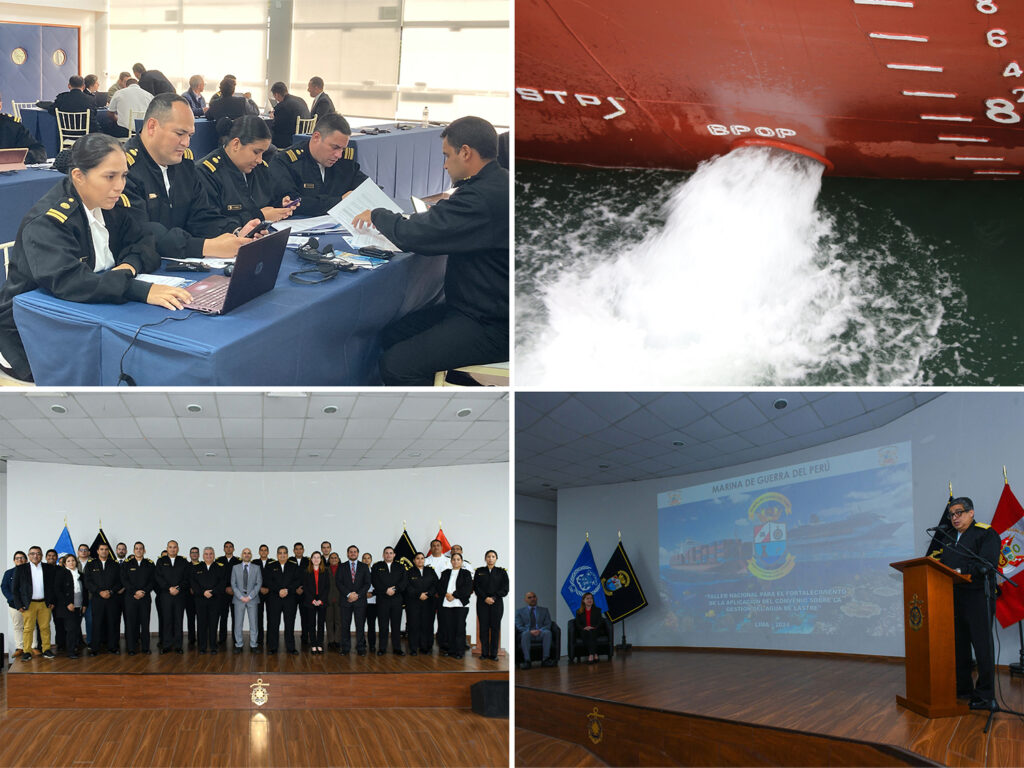Logistics and trade, according to the president of the federation, must be supported by breaking down bureaucratic barriers
The topic of customs tariffs is among the most widely discussed in the latest Economic Outlook by Fedespedi, the periodic observatory on the trend of international freight transport, now in its 24th edition.
The analysis by the Federation’s Study
The analysis by the Federation’s Study Center has dedicated space to observing in particular the Italian situation and the risks that the trade war unleashed by President Donald Trump could generate for the country’s economy.

Target of tariff policy
Ranking 11th in 2024, the Peninsula is in fact among the main suppliers of the USA and among those with the largest trade surplus (73.72 billion dollars), which makes it “a preferential target of tariff policy (like the entire European Union in general)”. On the other hand, the United States, the study recalls, became the second outlet market for our products in 2024, after Germany and overtaking France, the second historical partner.
At the level of large product areas
At the level of large product areas (i.e. in reference to Istat divisions), 82% of Italian exports to the United States are made up of eleven categories, of which only the first two – mechanics and pharmaceuticals – account for 35% according to Shipping Italy
The next most important
The next most important are the food and automotive industries, which according to Fedespedi are the most threatened by tariff policies both due to the characteristics of the related companies (medium-small) and due to the strong elasticity of US demand to price variations (even if Italian products usually tend to be positioned towards the top, therefore in less sensitive market segments). According to the study, this reasoning should be “even more true” in the case of products from the fashion industry, which has a primary outlet in the US market.
During the first Trump administration
Another element of optimism, according to the analysis, can be found in the trend of exports during the first Trump administration “during which for many products there were no substantial variations in flows”. However, according to Fedespedi, these considerations must then be broken down at a detailed level (i.e., depending on the type of product, the variations can be very large) and by monitoring the sentiment, reactions and expectations of the various actors (in the face of such an aggressive and unusual economic policy action in terms of size, which “can lead to a sharp contraction in demand and a drastic reorganization of the supply chains”.
Italian imports and exports
The report then analyzed Italian imports and exports in 2024, a year that led to a “certain slowdown in foreign trade”, with the latter falling by 0.4% and the former by 3.9%. Despite this, foreign trade continues to represent 54.3% of the national GDP. The Italian trade balance, after the negative balance of 2022, returned to positive, both in 2023 (+34,011 million euros) and in 2024, when it reached 54,923 million, thanks to the drop in the prices of energy products (oil and gas).
Exports are negatively affected
In particular, exports are negatively affected by the crisis situation (lower demand) of some of our customers, first of all Germany, but also China with regard to domestic consumption and whose imports from our country fell by 17.4%. Flows to neighboring countries such as Switzerland (-8.0%) and Austria (-11.9%) also fell sharply.
Broadening the view to a global level, the report records the decline in trade between the United States and China, whose weight on US imports has further decreased, in 2024, to 10.7% of the total.
The situation for the EU

Related :Trump’sTariffs: The Trade War and the Impact on Made in Italy
The situation is different for the European Union, for which China remains, after the United States, the main partner, representing on average about 20% of imports. On the export side, which in 2024 is worth 9.2% of the total, a progressive decline can be noted starting from 2020.
“We are witnessing an economic scenario in continuous evolution due to various geopolitical factors” commented Alessandro Pitto.
The starting a strategic reflection
The president of Fedespedi, after having expressed concern for the situation, however also invited to “start a strategic reflection on new trade flows and new alliances, looking with interest at the North African market and evaluating tools such as the CETA agreement with Canada, which is already generating concrete benefits”.
At the country level, Pitto added, “we need to support logistics and trade by focusing on working on the efficiency of the infrastructure system of the various logistics sectors and breaking down barriers on a bureaucratic level”.




